- Discover
- Move, have funScheduleDon't miss it
- PrepareHave a drink !
Shopping cart
Rechercher
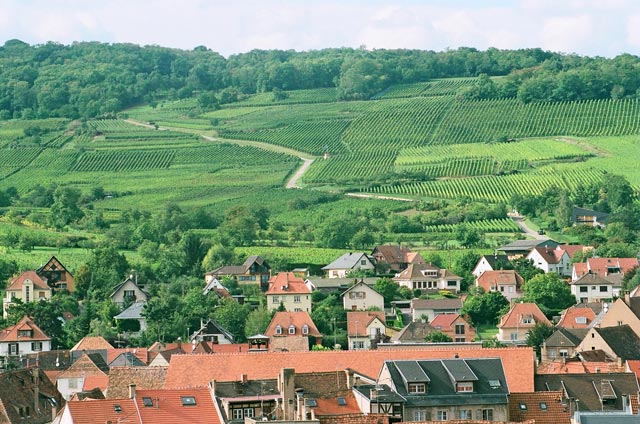
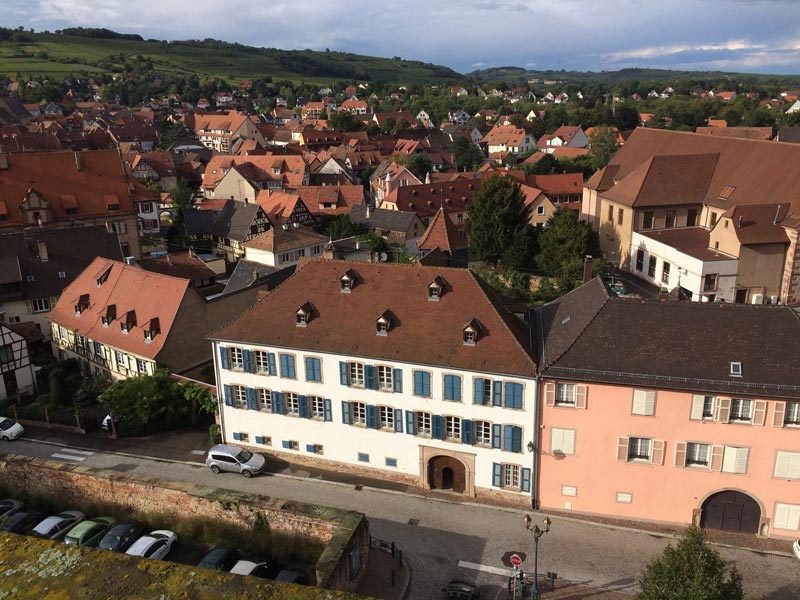
Molsheim vue de la tour de l’Eglise ©Jauffrey Walther
A former bishop’s and university town and the birthplace of Bugatti cars, Molsheim is a city with a rich and varied history and heritage, which has had a major influence on local winegrowing.
In 1308, the bishops of Strasbourg established their domination over Molsheim, a town of winegrowers and craftsmen. During the Reformation, when the city of Strasbourg became Protestant, the bishop and the Catholic religious orders took refuge under the ramparts of Molsheim.
The vineyards benefited from the city’s influence, and its wines were exported as far afield as the English Court…
The Industrial Revolution
The French Revolution put an end to the society of the Ancien Régime and marked the town’s entry into the industrial era with the installation of the Coulaux workshops. These workshops employed up to 600 people before 1870.
The arrival of Ettore Bugatti in 1909 marked the beginning of a prestigious era: the prosperity of the factory took Molsheim in its wake. Bugatti paid his employees well, and the local economy took off.
In 1926, Bugatti introduced a system of family allowances and grants for his workforce, which grew to almost 1,000 employees.
Working the land struggled to keep pace with the industrial revolution: of the 220 hectares of vines recorded around 1900, only 72 hectares were still being cultivated on the eve of the Second World War.
The vineyard is reborn
After 1945, winegrowing underwent a new development: only the best terroirs were preserved and replanted over the years. The expertise of the winegrowers and the quality of the soil have contributed to the renown of this vineyard.
This long-term effort was rewarded in 1992 with the official recognition of the Grand Cru Bruderthal appellation.
Our vineyards benefit from remarkable climatic conditions and soils, which led to the classification of the Bruderthal Grand Cru. Other lesser-known terroirs on this hillside deserve to be highlighted…
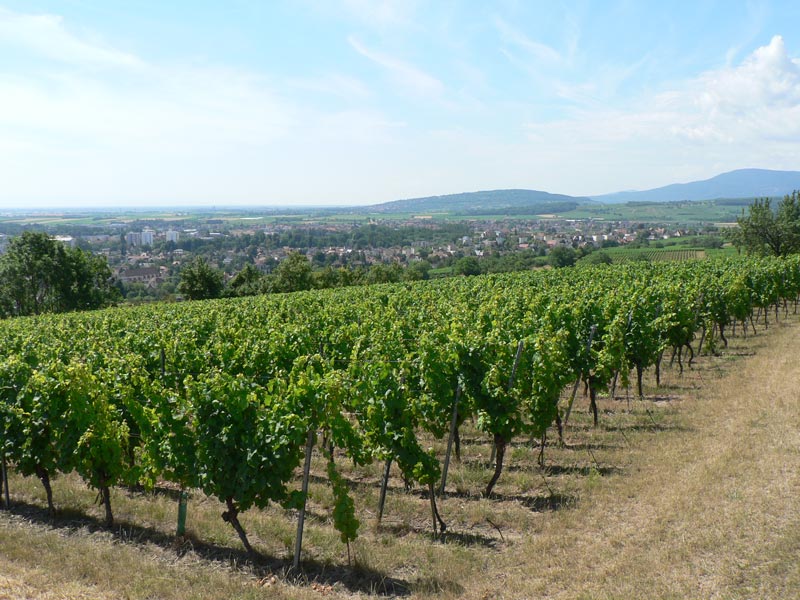
The Bruderthal, at an altitude of 250m, is protected to the west by a mountain range stretching from the Schneeberg to the Rocher de Mutzig. Its soil and subsoil are composed of Muschelkalk (shell limestone) at a depth of 40 to 50 cm. The presence of numerous pebbles means that the soil heats up quickly.
The presence of clay, in addition to limestone, regulates the water supply throughout the growth of the vine and allows the grapes to ripen. The exposure and warmth of the soil mean that the vegetative cycle can be brought forward, leading to longer ripening. However, the characteristics of the soil mean that production remains low, with a maximum authorised yield of 55 hectolitres per hectare. L
Experience and tastings show that 2 to 3 years of maturation gives a better appreciation of these wines.
©Mairie Molsheim et les illustrations Damien Schitter
.
Wine-making begins with the work in the vineyard: the winemaker is able to exploit and refine the potential of his terroir.
The vegetative cycle of the vine
In November, the vine loses its leaves and enters a period of dormancy, also known as winter rest. In March, the sap begins to rise to feed the buds.
In March-April, the buds saved from winter pruning open up.
In May-June, small flowers appear.
In July, the fertilised flowers produce berries.
At the end of August, the grapes begin to colour.
By mid-September and early October, the berries are ripe and ready to be harvested.
During the dormant season, from November to March, the winegrower leaves one or two shoots of varying lengths on each vine. Once the old wood has been removed, the remaining shoots are tied to the wire in hanging arches.
In spring, any unnecessary buds and shoots growing at the foot of the stumps are removed.
The shoots grow quickly, so they need to be held between the wires.
To stop the growth of vegetation, the ends of the shoots are cut back to form a regular row.
In July and early August, if the harvest prospects appear too generous, the winegrower eliminates a certain number of green bunches to reduce the yield and concentrate the plant’s energy on the remaining bunches.
A high-quality environment and viticulture that respects the natural balance between the soil and the plant enable us to produce great wines with greater depth and structure…
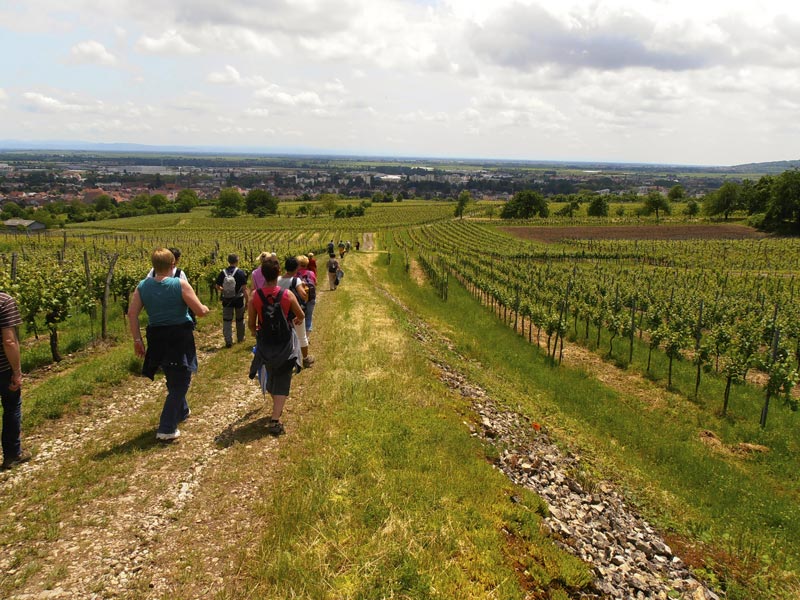
New, environmentally-friendly practices:
Making greater use of nature’s gifts, while at the same time developing production methods, has led winegrowers to adopt new practices across the board:
Using compost and working the soil to encourage the vines to put down deep roots.
Grass cover stabilises the soil and reduces gullying.
Controlling parasites by increasing the use of natural products.
Paying attention to the nature of the terroir means that soil type and choice of grape variety are better matched.
Maintaining hedges and dry stone walls not only adds to the aesthetic appeal of the vineyards, but also serves an ecological function.
The winemaking process involves a succession of carefully conducted stages, making it a delicate art in which the winemaker’s know-how and sensitivity allow the terroir to express itself and reveal itself…
1. The harvest
The harvest begins in September and lasts around 2 to 3 weeks, depending on the ripeness of each grape variety.
2. Pressing
After harvesting, the grapes are pressed as quickly as possible to avoid oxidation of the juice.
Gentle pressing avoids astringency and is crucial to the quality of the wines.
3. Settling
24 to 36 hours after pressing, the clear must is separated from its lees (plant debris, pips). The yeasts naturally present on the berries begin to develop.
4. Alcoholic fermentation
The yeasts transform the sugar into alcohol, releasing carbon dioxide.
The temperature of the vat must be checked daily to monitor the evolution of the must.
5. Racking
The winemaker proceeds to rack the wine to eliminate the lees (sedimented yeast).
This operation determines the sweetness of the wine by stopping the action of the yeast.
6. Ageing
During this period, the wine is protected from the air and develops its organoleptic characteristics (aromas, typicity) in casks (tuns or stainless steel vats).
its organoleptic characteristics (aromas, typicity), the development of which is greatly influenced by the grape variety, the terroir, the vintage and the winemaker’s own art of vinification.
7. Filtration
The wine remains on its fine lees until the first filtration, which eliminates any suspended matter to ensure that the wine develops properly.
8. Bottling
Around 9 months after the harvest, when the wine is bottled, a final filtration can be carried out to make the wine perfectly clear and stabilise it.
These sparkling wines are made from Alsatian grape varieties used singly or in blends, which explains the richness and diversity of these wines, so popular when celebrating with family or friends…
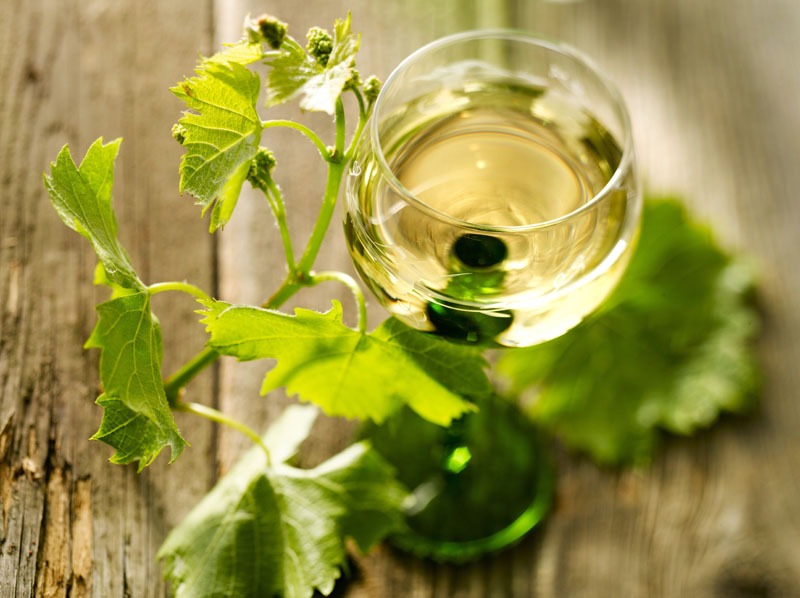
Vinification of Crémant
Crémant d’Alsace is made by a second alcoholic fermentation in the bottle, which produces the wine’s effervescence.
After a period of ageing on laths, the bottles are turned day by day, either manually or mechanically, so that the sediment collects in the neck before disgorging.
During disgorging, the deposit is brought to freezing temperature, forming an ‘artificial cork’ which is removed by pressing out the carbon dioxide contained in the wine.
This lost volume is replaced by an addition of liqueur which, depending on the dosage, produces a brut, dry or semi-dry Crémant d’Alsace.
©ELPEV-ConseilVinsAlsace
Over the centuries, the Germanic influence has led to the development of a viticulture that is very different from that of other French wine-growing regions. This specificity deserved to be recognised and protected…
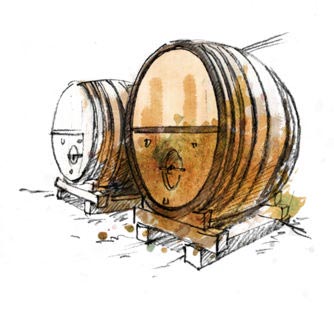
The history of Alsace’s vineyards dates back to the beginning of our era, when the Romans introduced the art of growing vines and making wine. In the Middle Ages, these wines were among the most famous and expensive in Europe. They graced the tables of princes.
The 16th century was the golden age of Alsace wines, as evidenced by the many richly decorated houses, public buildings and wells dating from this period.
Then came the Thirty Years’ War, which ruined Alsace and decimated its population.
It was only after the First World War that the vineyards began to flourish again. Today, after a century of a policy based on tradition and quality, the Alsace vineyards are proud to be among the leading AOC (Appellation d’Origine Contrôlée) vineyards in France.

In Alsace, Gewurztraminer is one of the grape varieties with the greatest aromatic potential, producing powerful, exuberant wines. Its colour is an intense yellow, influenced by the pinkish hue of its berries.
On the nose, it is characterised by a wide range of aromas, most often exotic fruit (lychee, passion fruit, pineapple, mango), particularly on clay-limestone soils, flowers (rose) and spices (gingerbread, peppermint, pepper). Notes of candied fruit and honey add further complexity.
Gustatively, this Gewurztraminer has a fine structure, with fatness and remarkable length. The spices (liquorice, mint, pepper) are evident on the palate. This grape variety is particularly suited to those who don’t like acidity. Of course, this grape variety has its place in our Grand Cru, and when the climate is right, the grapes are harvested over-ripe, ‘Vendanges Tardives’ and ‘Sélections de Grains Nobles’, resulting in seductive wines of rich aromatic complexity.

Originally from Burgundy, Pinot Gris or Pinot Beurot has been grown in Alsace for several centuries. After noticing its golden or even amber colour, Pinot Gris usually reveals an aromatic nose with typical smoky notes: aromas of undergrowth, burnt vine shoots, mushrooms, dried fruit, apricot, honey and gingerbread.
It has a powerful structure on the palate, with a complex harmony of acidity and roundness. It is one of the grape varieties authorised in the Grand Cru appellation, capable of sublimating a well-exposed hillside.
The Pinots Gris ‘Vendanges Tardives’ and ‘Sélection de Grains Nobles’ are exceptionally rich on the palate, rivalling dishes with strong personalities.

Distinguished late in its development from Chardonnay, Pinot Blanc is a grape variety that originated in Burgundy and represents the white form of Pinot Noir. Pinot Blanc is often associated with Pinot Auxerrois under the same name, ‘Pinot Blanc’ or ‘Pinot d’Alsace’. Pinot Blanc, with its pale yellow colour and green highlights, is characterised by a fresh nose and discreet floral and fruity notes.
Not very exuberant, it has a lovely acidic structure on the palate, representing a happy medium in the range of Alsace wines. Pinot Auxerrois, for its part, has an extra roundness, marked by little acidity.

The two varieties of Muscat found in Alsace are most often a complementary and harmonious blend created by the winemaker. Muscat Ottonel has great finesse, while Muscat d’Alsace has highly developed aromas.
Light yellow in colour with a hint of silver, the Muscat nose is reminiscent of sun-ripened grapes, perhaps with delicate floral notes.
On the palate, when vinified dry, it really gives the impression of biting into the grape and adds a great deal of freshness. Harvested later, it combines length and power with its inimitable fruity character.
Naturally, Muscat ranks alongside the noble grape varieties, which have a place of choice in the Grands Crus and lieux-dits appellations. It is also an ideal choice for the ‘Vendanges Tardives’ and ‘Sélection de grains nobles’ cuvées.

Traditionally grown in Alsace and one of the majority grape varieties in Alsatian vineyards in the first half of the 20th century, Sylvaner is thought to have originated in Austria and spread throughout Central Europe as far as Russia, Australia and California. Transylvania is sometimes considered to be the homeland of this grape variety, due to its very etymology.
Thanks to its freshness and acidity, Sylvaner is usually a fruity, thirst-quenching wine. Fresh and light, its nose reveals delicate aromas of white flowers. The palate is spontaneous, frank and pleasant, while retaining a light structure.
Crédit photos CIVA – Copyright Zvardon

Riesling is considered to be the flagship grape variety of the Alsace vineyards. Depending on the terroir, its aromas can cover a wide range, from floral (white flowers, lime blossom) and fruity (lemon, bergamot, candied orange) to mineral (gunflint, flint).
On the palate, Riesling offers impressive gastronomic potential thanks to its freshness and exemplary finesse.
Its remarkable structure gives it excellent cellaring potential, improving with age. These criteria of excellence logically lead it to be one of the grape varieties planted in the Grands Crus and lieux-dits appellations. Its fine acidity makes it an ideal grape for ‘Vendanges Tardives’ and ‘Sélection de Grains Nobles’, with all its balance and harmony.

Originally from Burgundy, Pinot Noir has been grown in Alsace since the Middle Ages, when it was the dominant grape variety in Alsace’s vineyards. Following the Thirty Years’ War (1618-1648), red wine production declined, giving way to a majority of terroirs cultivated with white grape varieties.
Pinot Noir is the only red grape variety authorised in Alsace. It is used to make light, rosé wines, as well as more powerful red wines. It is a fruity wine with aromas of cherry, raspberry and blackberry and smooth tannins.
Some winemakers choose to mature it in oak barrels, producing a deeper, more robust wine with a deep colour and aromas reminiscent of ripe fruit or leather.
The Bruderthal Trail (Molsheim).
2 km circuit – duration 1h30
Located to the west of the historic centre, to reach the wine trail from the Tourist Office, head towards the Cour des Chartreux and take the passage on the left at the junction with the Rue des Chartreux. Cross the rue du Général de Gaulle and take the second passage opposite. Turn right and walk up Rue Ettore Bugatti, then after the roundabout take the first turning on the left into Rue des Promenades to reach the starting point.